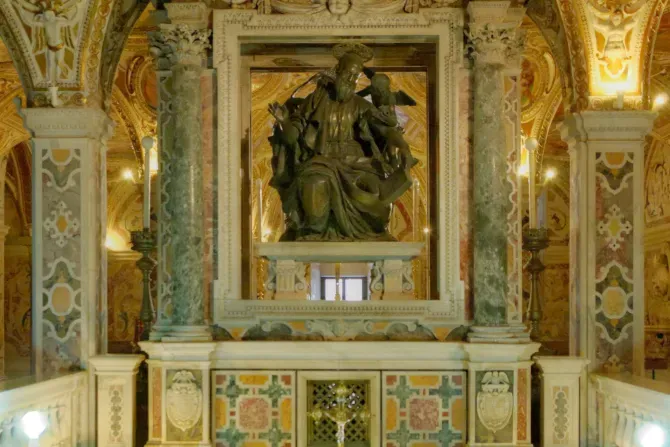Lafayette, La., 21 September, 2023 / 12:00 pm (ACI Africa).
Sept. 21 marks the feast day of St. Matthew, also known as Levi, an apostle of Jesus and, according to tradition, the author of one of the four Gospels.
Surprisingly little is known for certain about Matthew’s life, even though his Gospel is so crucial for the Church. The manner of Matthew’s calling by Jesus is well known — Matthew was a Jew but worked as a tax collector for the Romans in Capernaum near the Sea of Galilee, making him a pariah among his own people. When Jesus called Matthew to follow him, Matthew gave up his presumably materialistic life as a tax collector to follow the Lord.
Jesus’ calling of Matthew led some religious authorities of the Jewish community to wonder: “Why does your teacher eat with tax collectors and sinners?” To which Jesus responded: “I did not come to call the righteous but sinners.”
The Catholic Encyclopedia notes, however, that no further reference is made to Matthew in the Gospels, except in the list of the Apostles, and “of Matthew’s subsequent career we have only inaccurate or legendary data.” It appears though, according to a number of other ancient sources, that he evangelized for at least a decade and a half in Asia.
Matthew’s earthly body is purported to lie in the crypt beneath the cathedral of Salerno, Italy. In the crypt, a bronze St. Matthew made by Michelangelo Naccherino in 1606 sits above the altar. The saint is shown writing the Gospel with a book resting on his left knee and a pen in his right hand. At his left side, an angel hands him an inkwell as he writes his Gospel.







